The Biological Mechanisms of Plant Response to Salinity Stress
Introduction
Salinity stress in plants is a major environmental factor that affects the productivity and quality of crops worldwide. It is a complex phenomenon that involves a range of physiological, molecular, and biochemical responses. Understanding these responses is crucial for developing strategies to improve plant tolerance to salinity stress.
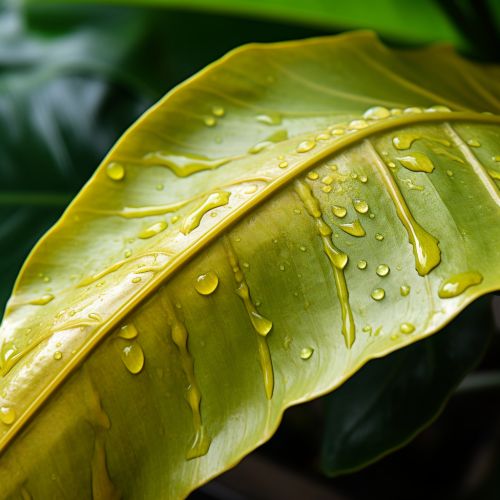
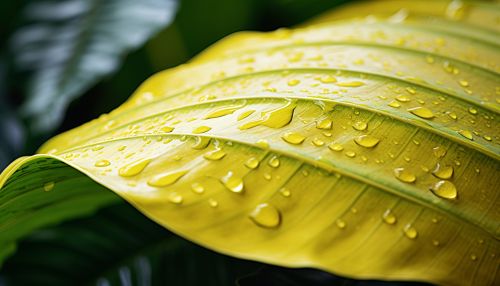
Physiological Responses
The primary physiological responses of plants to salinity stress include changes in water potential, ion homeostasis, and growth rate.
Water Potential
Salinity stress affects the water potential of plants by increasing the salt concentration in the soil solution. This leads to a decrease in the water potential of the soil, making it more difficult for plants to take up water. As a result, plants under salinity stress often exhibit symptoms of water deficit, such as wilting and stunted growth.
Ion Homeostasis
The high salt concentration in the soil solution can also disrupt the ion homeostasis in plants. Sodium ions (Na+) and chloride ions (Cl-) are the main salts that cause salinity stress. These ions can enter the plant through the roots and accumulate in the cells, leading to ionic imbalance and toxicity.
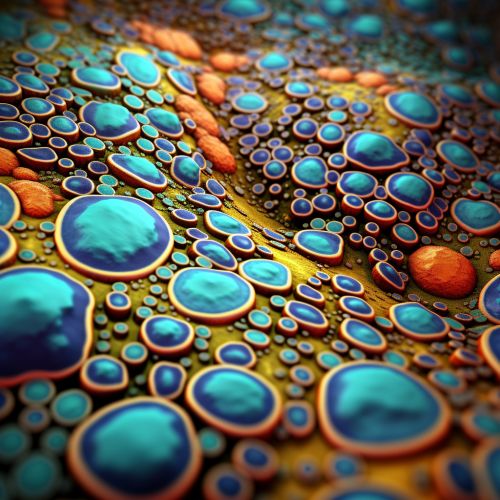
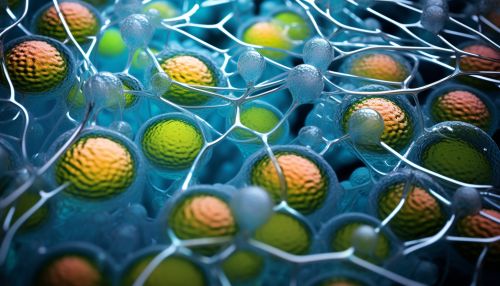
Growth Rate
Salinity stress can also affect the growth rate of plants. The stress can lead to a reduction in cell division and elongation, resulting in stunted growth. In severe cases, salinity stress can even lead to plant death.
Molecular Responses
On a molecular level, plants respond to salinity stress by altering the expression of various genes. These changes in gene expression lead to the production of proteins that help the plant cope with the stress.
Stress-Responsive Genes
Many plants have stress-responsive genes that are activated under salinity stress. These genes encode for proteins that play a crucial role in stress tolerance, such as ion transporters, osmoprotectants, and antioxidant enzymes.
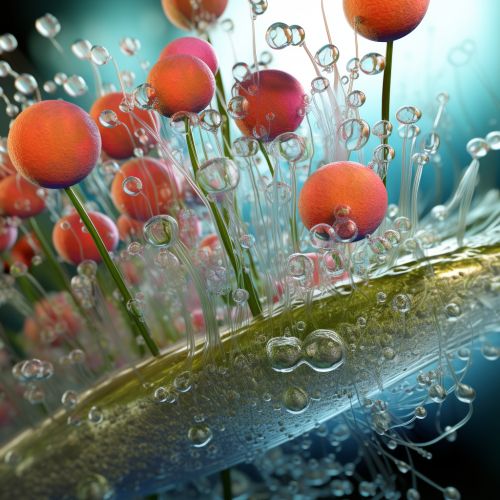
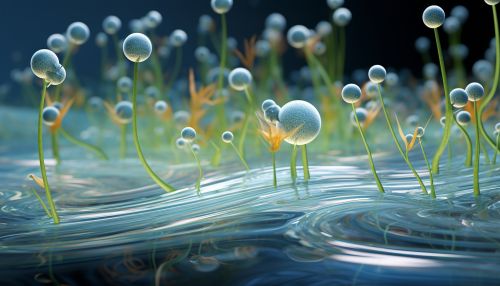
Signal Transduction Pathways
Salinity stress can also trigger signal transduction pathways in plants. These pathways involve a series of molecular events that transmit the stress signal from the cell surface to the nucleus, leading to changes in gene expression.
Biochemical Responses
Biochemical responses to salinity stress in plants involve changes in the levels of various metabolites and enzymes. These changes help the plant to cope with the stress and maintain its normal functions.
Osmolyte Accumulation
One of the key biochemical responses to salinity stress is the accumulation of osmolytes. Osmolytes are small organic compounds that help to maintain cell turgor and protect cellular structures under stress conditions.
Antioxidant Enzymes
Salinity stress can lead to the production of reactive oxygen species (ROS) in plants. To counteract the harmful effects of ROS, plants increase the activity of antioxidant enzymes, which neutralize ROS and prevent cellular damage.
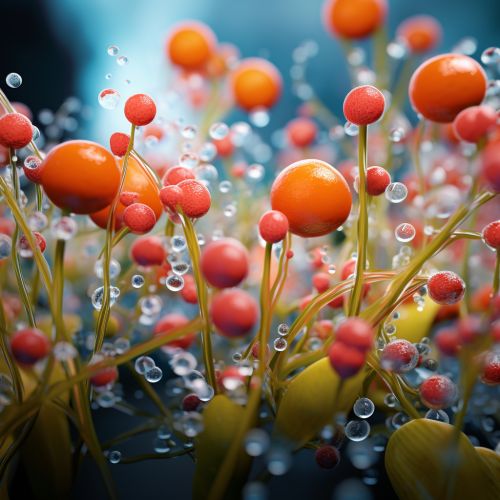
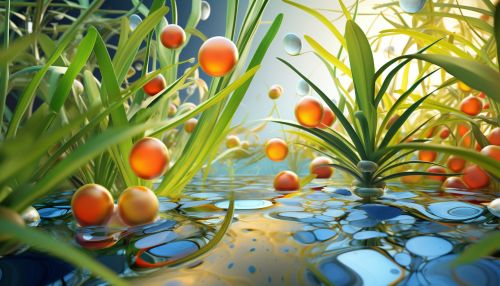
Conclusion
Understanding the biological mechanisms of plant response to salinity stress is crucial for improving crop productivity in saline soils. By studying these mechanisms, researchers can develop strategies to enhance the tolerance of crops to salinity stress, thereby ensuring food security in the face of increasing soil salinization.
